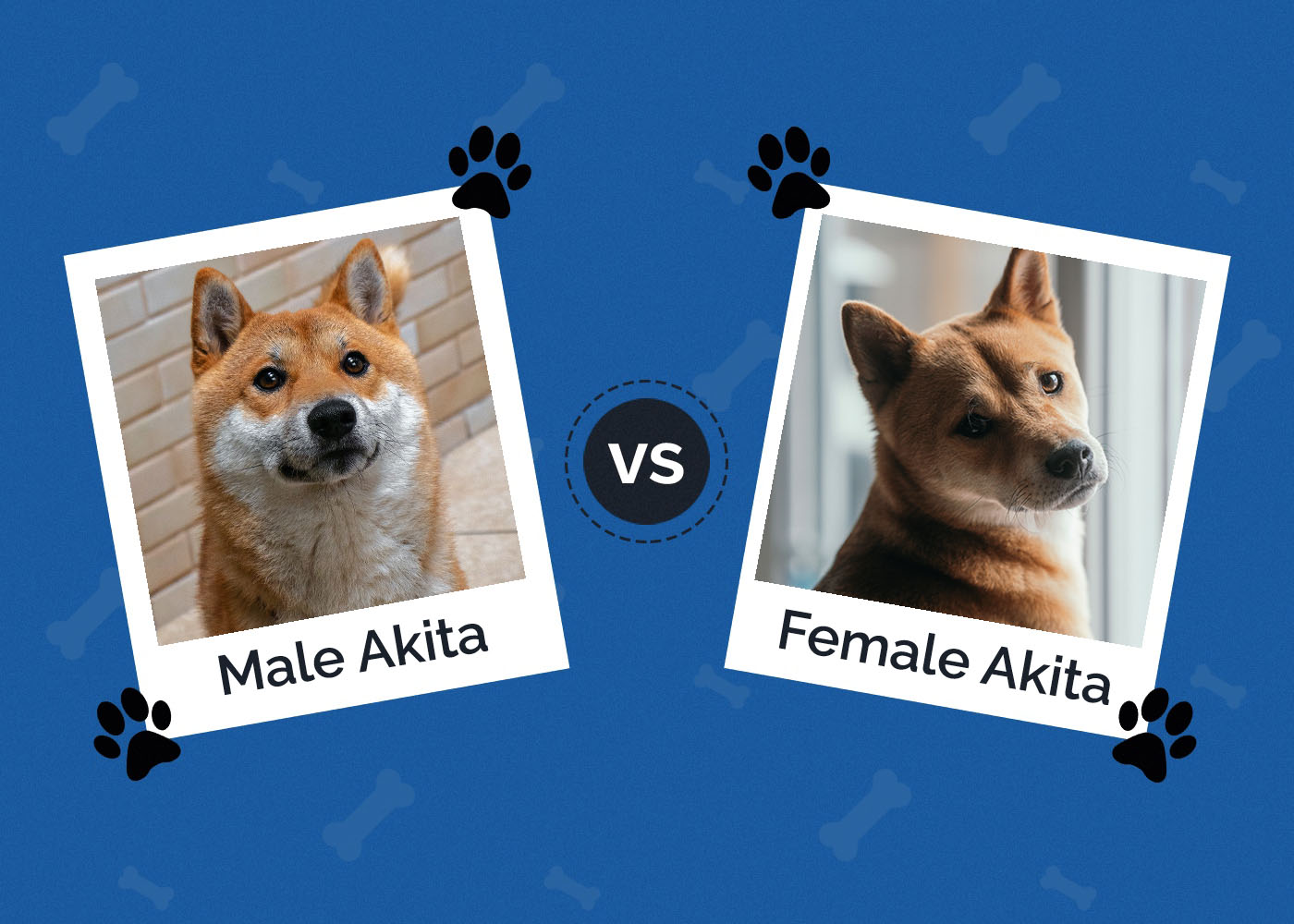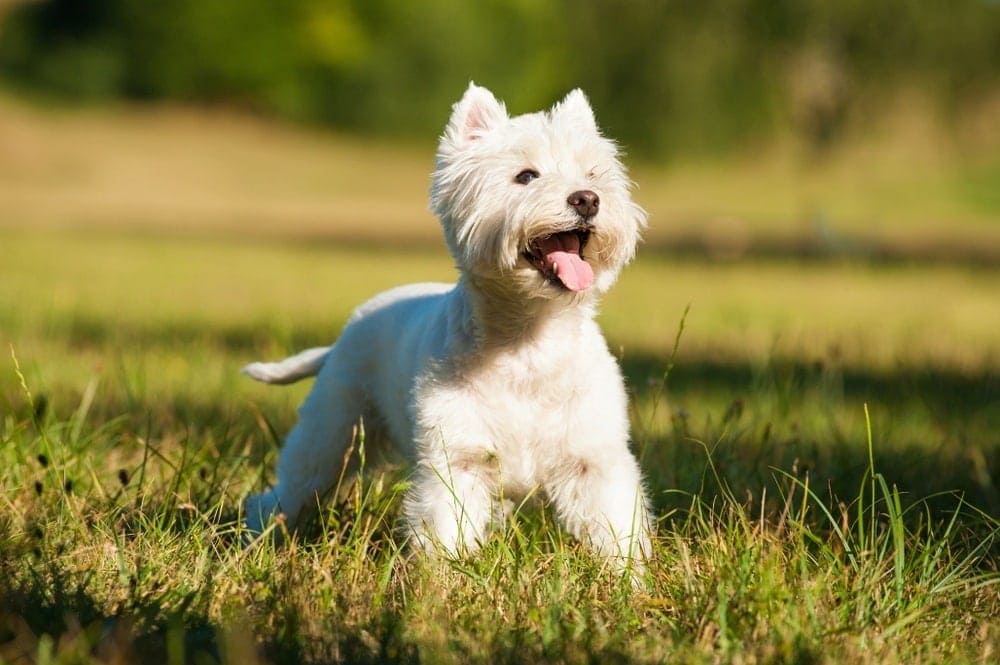How Much Do Vizslas Bark? Facts & FAQ
Updated on
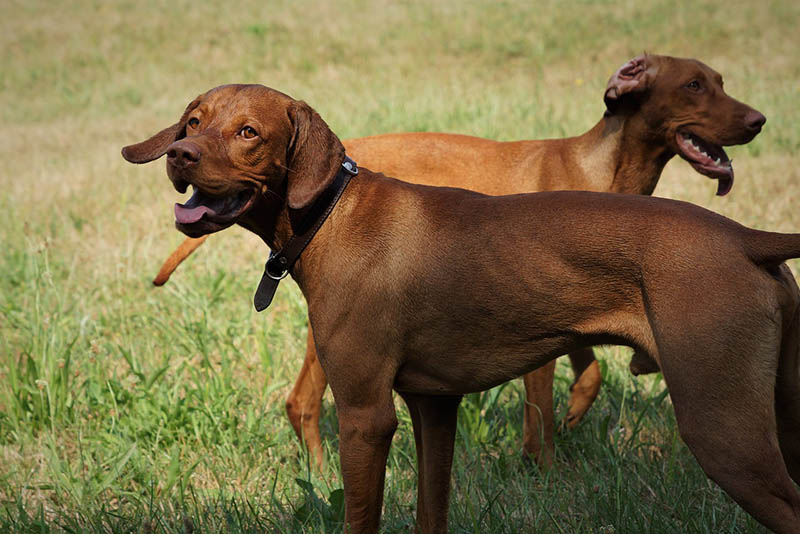
The Vizsla is a very friendly and intelligent dog breed known for their love of human companionship and seemingly endless energy. When you are on the hunt for the perfect companion, there are many things to consider before making that final choice, including how much barking you can expect.
Barking is a natural way for dogs to communicate, but certain breeds are more prone to vocalizing than others. So, what’s the deal with Vizslas? Well, this is a breed that falls somewhere in the middle, barking an average to somewhat more than average amount. If you want to know what causes the Vizsla to speak up, keep reading to learn more.
Do Vizslas Bark a Lot?
When it comes to barking, the Vizsla is not considered an excessive barker, However, they are known for barking a moderate amount and are no strangers to vocalizing their needs if they feel it’s necessary.
This breed has extremely high energy levels, needs a lot of mental stimulation, and likes to soak up all the attention they can get. That combination can lead the Vizsla to bark more than average, especially if those needs are not being met.
Since each dog is unique, you may run into individuals that are much more vocal than others and this is completely normal. It’s important to get to know your dog so that you can understand what they are trying to tell you through their various forms of communication.
Why Is My Vizsla Barking?

Barking is completely normal behavior and one of the primary ways that a dog communicates. Dogs bark for various reasons, so it’s a good idea to understand why they are barking so that you can better understand your best friend.
If barking were to become problematic, you should take time to figure out what’s causing the excessive barking, so that you are well-equipped to find the right solution.
Excitement
Barking is a way that a Vizsla may show excitement. Whether you just got home, are getting ready to go for a walk, or have indicated it’s time to play, all that excitement and anticipation may just come out as barking and various other vocalizations.
Attention
Attention seeking is a common reason why a dog may resort to barking and the Vizsla is well known for needing lots and lots of attention from their people. If your pup doesn’t feel they are getting enough love, affection, or bonding time, don’t be surprised if they resort to barking, whining, nudging, pawing at you, and even bringing you toys.
Boredom
It’s not unusual for dogs to bark out of boredom, especially when trying to communicate that they need some mental or physical stimulation. This is a common reason why the Vizsla barks, especially when they aren’t getting enough exercise each day and that intense need for lots of mental stimulation isn’t being met.
Fear / Stress
Dogs will commonly bark when they are fearful or stressed. It’s easy to mistake this kind of bark for protectiveness or territorial behavior, too. Barking from fear or stress often occurs when something abnormal happens and they are concerned about a potential threat. Body language is a telltale sign of stress and fear and it often involves tense posture, tail tucking, raised hackles, and a lower head position.

Pain
Dogs have a tendency to try to hide their pain, but when it is severe, certain dogs may bark or yelp in pain. This often happens during a painful movement or if the sensitive area has been touched. Any dog barking due to pain should be evaluated by a veterinarian right away.
Reactive Barking
Reactive barking occurs when a dog is taken by surprise. A reactive bark is often a loud, singular bark but may be followed up by more barking. When a dog is being reactive, they might use a higher pitch and may jump or jerk when startled.
Territorial Behavior
The Vizsla is not known for being very territorial and is typically friendly with strangers but it’s not unusual for them to bark at a random knock at the door or the sight of another animal. Territorial behavior is accompanied by tense posture with the head and ears perked and alert. The tail is often held straight, and barking may be accompanied by grumbling or low growls.
Old Age
During a dog’s senior years, their eyesight begins to deteriorate and their cognitive abilities often start to decline. This can result in your dog barking from being startled easily, having periods of confusion, or even because they are on high alert because their vision isn’t what it used to be. If an older dog starts barking more than usual, it’s a good idea to bring this up with your veterinarian so they can help you find ways to keep them feeling safer and more secure.
Top 10 Fun Facts About the Vizsla:
1. The Vizsla Has a Long History
The Vizsla may have made their way into the United States following World War II, but this breed is dated back to 1357. The first written reference to the breed was recorded in the Illustrated Vienna Chronicle prepared on order of King Louis I of Hungary. These stunning Hungarian hunting dogs have seen their fair share of history, surviving the Turkish occupation, the Hungarian Revolution, two World Wars, and the Hungarian People’s Republic.

2. All Vizslas Are Redheads
You’ll find that many dog breeds come in various coat colors, and even patterns, but the Vizsla’s distinct reddish-golden coat is the only color you’ll find them in. These true redheads sport different shades of that golden rusty coat and interestingly both their coat color and coat type are recessive, resulting from the single recessive b-allele gene.
3. They Are Velcro Dogs
No, the V in Vizsla doesn’t stand for “velcro,” but many owners might disagree. The Vizsla become very attached to their human family, so much that they are known for following their every move. They may be high energy and ready for action, but they are also next-level attention seekers that want lots of love and affection.
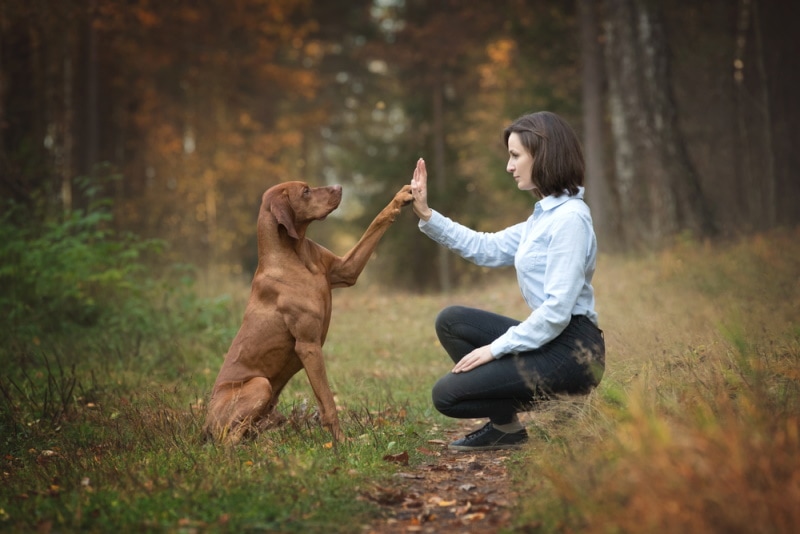
4. Vizslas Are Born with Blue Eyes
All Vizsla puppies are born with blue eyes that will eventually turn brown or amber as they age. It takes about 2 weeks after birth for puppies to open their eyes, but the color change from blue to brown or amber isn’t typically noticed until about 4 weeks of age, though it can take a little longer.
5. They Are Quite Fast
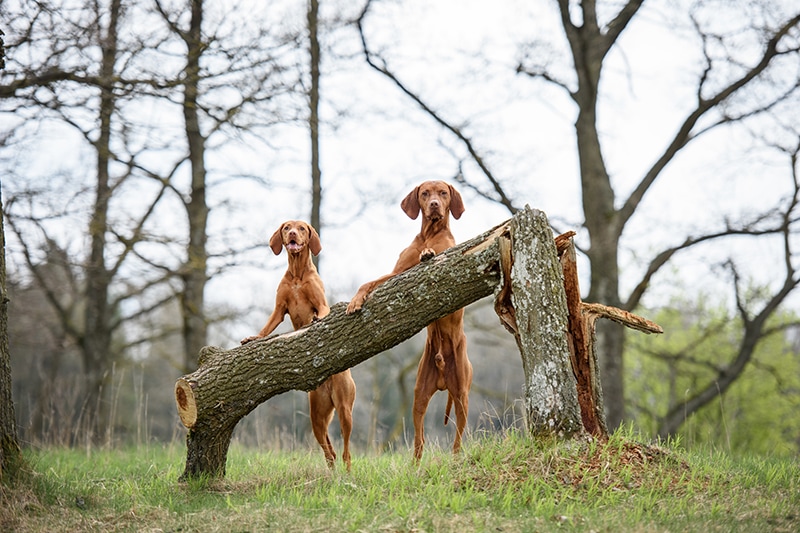
Greyhounds may take the cake for being the fastest dog breed, reaching speeds of up to 46 miles per hour, but don’t count out the Vizsla. The breed has been recorded making it to speeds of up to 40 miles per hour. To top it off, their body structure makes them better equipped for reaching these speeds on more rugged terrain.
6. Vizslas Have Webbed Feet
The Vizsla is a natural-born hunter that would need to retrieve prey from both the land and the water. Similar to the Labrador Retriever, the Vizsla also has webbed feet to make them better suited for water duty. This is a breed that will often enjoy going for a swim and won’t shy away from getting wet.
7. They Are Neat Freaks
Vizslas are one of the few breeds that are more cat-like in their grooming habits. They tend to maintain their own coats and you’ll find them self-grooming much more than your average pup. Despite their short, low-maintenance coats they still shed regularly.

8. They Can Be Stubborn
The Vizsla is gentle, loving, and affectionate but they do have a bit of a stubborn streak. This is pretty common for hunting dogs, as their job requires them to use their intelligence and independence. While they are typically easy to train, you may need to have some extra patience with these guys since they may put you to the test a little.
9. Vizslas Needs Lots of Activity
Vizslas don’t belong in situations where they cannot be active. This is not the right breed for a couch potato lifestyle. Their intense exercise needs can be hard to meet, as they need at least 2 hours of moderate to vigorous activity each day. Failing to ensure that Vizsla has routine energy outlets can lead to severe boredom and unwanted or destructive behaviors.
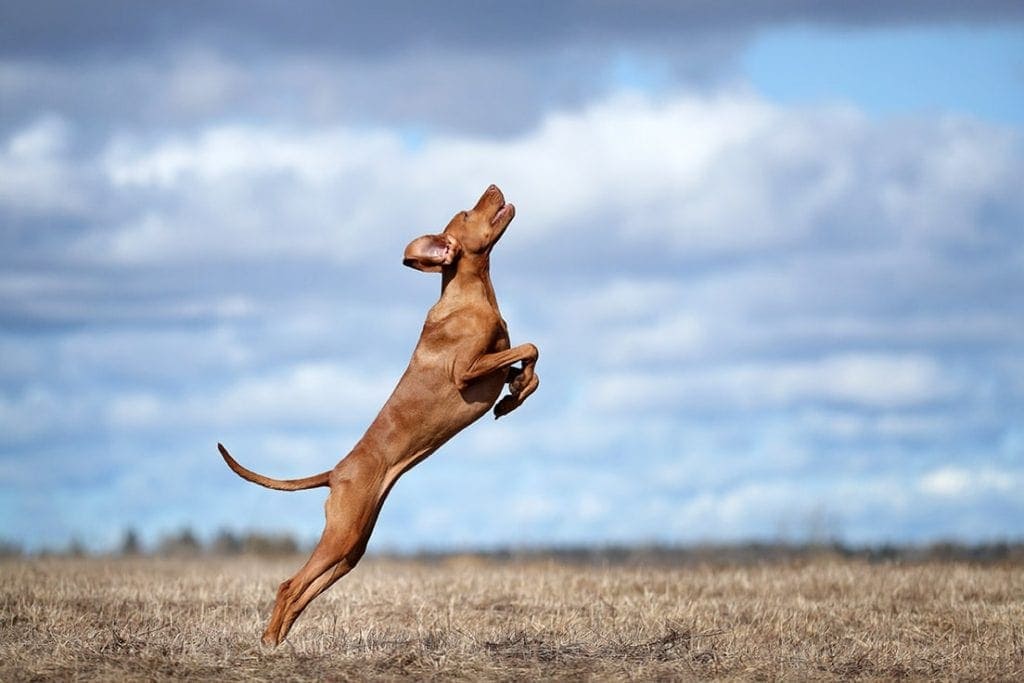
10. The Vizsla Lacks an Undercoat
Vizslas do not have an undercoat and while they do shed regularly, it’s fairly easy to maintain since they don’t blow their coats twice a year. This coupled with their lean bodies makes it difficult to maintain body heat, meaning they are more sensitive to the cold than your average dog.
Conclusion
Vizslas bark an average amount, though barking tendencies may increase if this high-energy breed isn’t getting enough regular exercise and mental stimulation. It’s important to remember that each dog is an individual, so even those of the same breed may be more prone to barking than others. If barking becomes problematic, try to understand why your Vizsla is barking so much so that you are better equipped to get a handle on their chattiness.
Read Also:
Featured Image Credit: Anna, Pixabay


